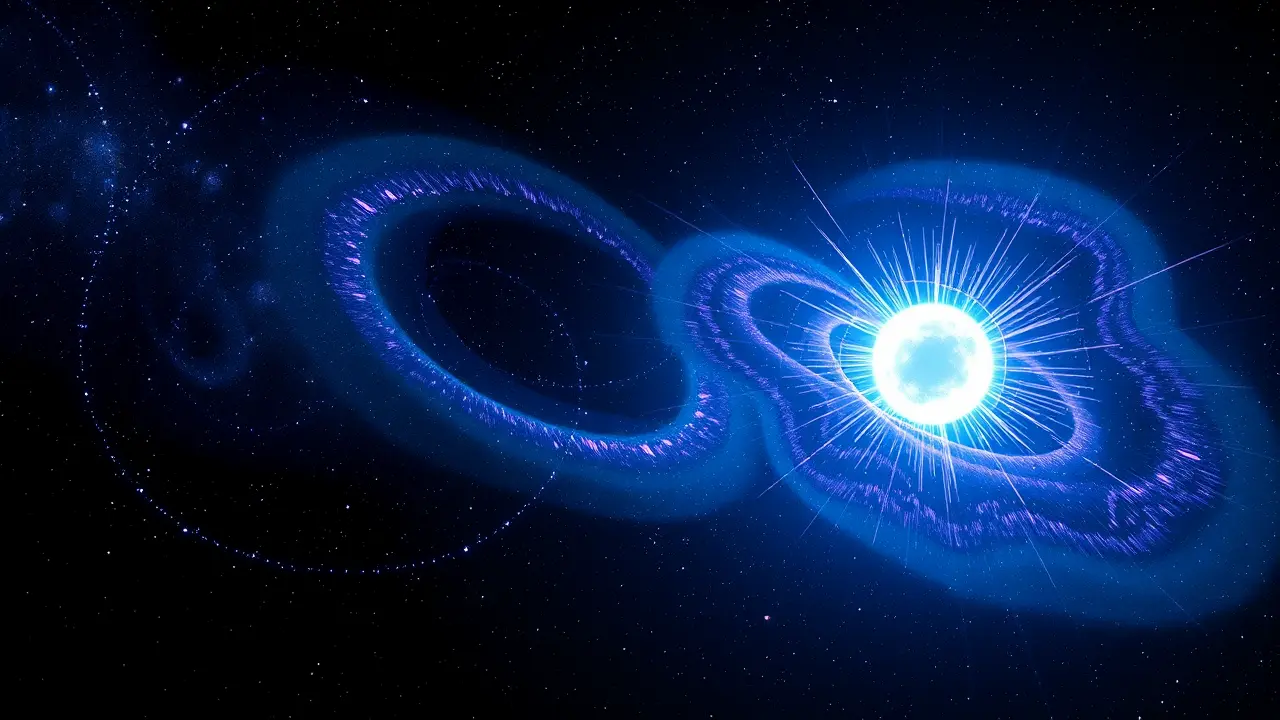
SciencephysicsMaterials Science
Teradar Raises $150M for New Terahertz Sensor Technology
KE
Kevin White
2 hours ago7 min read
The recent $150 million funding round for Teradar isn't just another capital infusion for a promising startup; it's a substantial bet on a fundamental shift in how machines perceive the world, placing the company's terahertz sensor technology squarely at the convergence of AI, biology, and next-generation computing. Operating in the terahertz band—that long-elusive region of the electromagnetic spectrum nestled between microwaves and infrared light—Teradar’s innovation effectively performs a technological synthesis, merging the penetrative prowess of radar, which can see through obscurants like fog and dust, with the high-resolution, detail-rich mapping capability of lidar.This hybrid approach elegantly sidesteps the classic drawbacks of its predecessors: unlike lidar, which is notoriously foiled by adverse weather, and standard radar, which often lacks the granular fidelity for precise object identification, terahertz waves offer a 'Goldilocks zone' of perception. For someone who spends their days parsing the implications of CRISPR and synthetic biology, this feels analogous to the moment gene-editing moved from theoretical to programmable.The potential applications read like a manifesto for the next decade of scientific progress. In biotech and the future of medicine, imagine non-invasive, real-time scanners that can detect early-stage skin cancers by analyzing the water concentration in cells, or devices that monitor blood glucose levels without a single drop of blood—this is the promise of terahertz's sensitivity to molecular vibrations.In pharmaceuticals, it could revolutionize quality control by verifying the chemical composition of pills through their packaging, a leap in safety and efficiency. Beyond medicine, the implications for autonomous systems are profound.Self-driving cars, drones, and industrial robots, currently hamstrung by sensor fusion complexities, could achieve a unified, all-weather perception that is currently the stuff of science fiction. The funding, likely sourced from a consortium of deep-tech VCs and strategic corporate investors, signals a market conviction that has been building since early research at institutions like MIT and the University of Tokyo first demonstrated the feasibility of compact terahertz emitters.However, the path from laboratory marvel to commercial product is fraught with the same challenges that plague any frontier technology: scaling manufacturing, managing power consumption, and navigating the regulatory mazes of different nations. The real genius of Teradar’s approach, and why it attracted such a significant war chest, may lie in its potential to become the foundational sensory layer for the ambient intelligent systems of tomorrow—a world where our environment is not just connected, but truly perceptive, capable of responding to needs we haven't even articulated yet. This isn't merely an upgrade to a sensor; it's a cornerstone for the next phase of human-machine symbiosis.
#featured
#terahertz
#sensor
#lidar
#radar
#funding
#startup
#autonomous vehicles
#technology
Stay Informed. Act Smarter.
Get weekly highlights, major headlines, and expert insights — then put your knowledge to work in our live prediction markets.
Related News
Comments
Loading comments...
© 2025 Outpoll Service LTD. All rights reserved.



